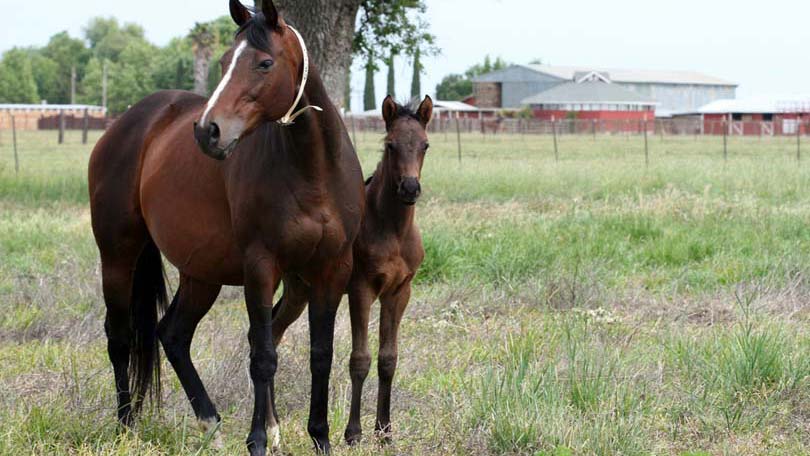Horses live in a hierarchal society with rules and boundaries that are communicated through the body language of the alpha member. The alpha mare contains the herd and directs them where to go, under the auspice of the herd stallion, which is also a disciplinarian. The mare uses hers ears, teeth, and legs to punish or warn other members of the group, who all follow her orders or head her admonishment.
With horses, there is no societal interchange, and therefore horses are either leaders or followers. As far as humans go, we must establish ourselves as leasers of our horses, or we will be forever fighting a losing battle. Once this position is established, our horses will willingly follow us, as it is comfortable to them to have a leader.
Establishing this position is done through understanding and discipline. We must not be afraid to discipline our horses, or they will take complete advantage of the situation. Discipline can fall into a variety of categories, but a response to pressure covers most of them. Humans apply pressure to an animal in various ways, and if the horse responds correctly, the pressure is released. This is their reward.
A simple example of the pressure theory is with reins. If you pull on the left rein, the horse feels that pressure in his mouth. When he yields his head or body (depending on what was required), the pressure subsides, rewarding the horse for performing the desired command.
Horses naturally move into pressure. When in a herd, a horse will move toward the hindquarters of another horse in order to soften the blow of a kick. More damage can be down when distance allows more force. This relates to training, but in some cases, the opposite reaction is warranted. Pulling on the left rein and going left work well with natural instincts, but moving away from leg pressure does not. A horse will want to move into your left leg when you use it, when actually you want the horse to move away from it and go right. Do not get frustrated by this response, as it is your horse’s natural instinct. Just keep practicing the turn with the right rein, and implementing the left leg in order to encourage the body to follow. After repetition, your horse will learn to understand.
Another way to practice this from the ground before mounting is with a lunge line and whip. By holding the line with your right hand, and whip in your left, encourage your horse to move around you in a clockwise direction. This may be most easily accomplished in a round open at first. Hold the whip against your horse’s flank or rump, getting him used to that pressure. He may try to back up into it, but keep encouraging him to move forward. Do not stand still, nor at the horse’s shoulder, but rather at the hip in order to further this progression. Your horse will eventually learn to move away from pressure. Understanding that your horse is not unruly, just confused, will help both of you train peacefully and thoroughly.
Pressure is also the basis for corrective behavior in other areas. If your horse is charging or unresponsive on the ground, using a chain over his nose can remedy the situation in a few quick sessions. When the horse acts disrespectful, giving a moderate jerk of the rope will apply pressure to his nose, forcing him to back off. He will not like this, and after learning to walk next to you gently, you will be able to return to a regular snap end lead.
Learning to understand a horse’s response to his environment and his leader can be fun and rewarding for you both. It will ensure a better relationship and a happy work environment.






